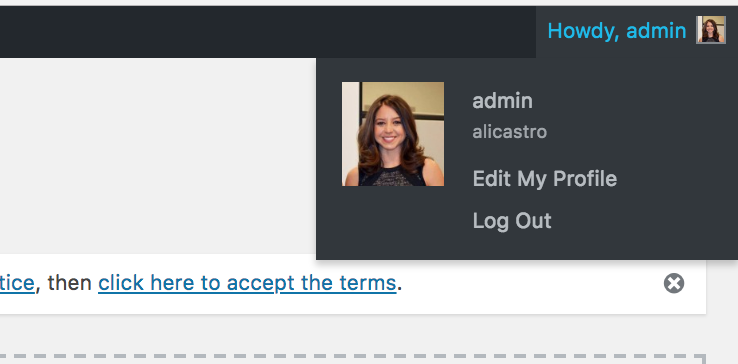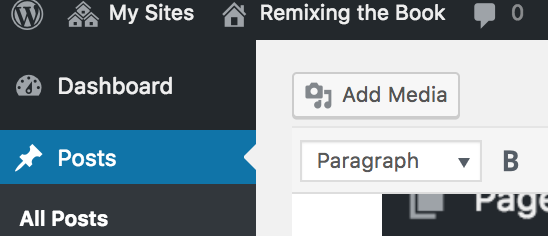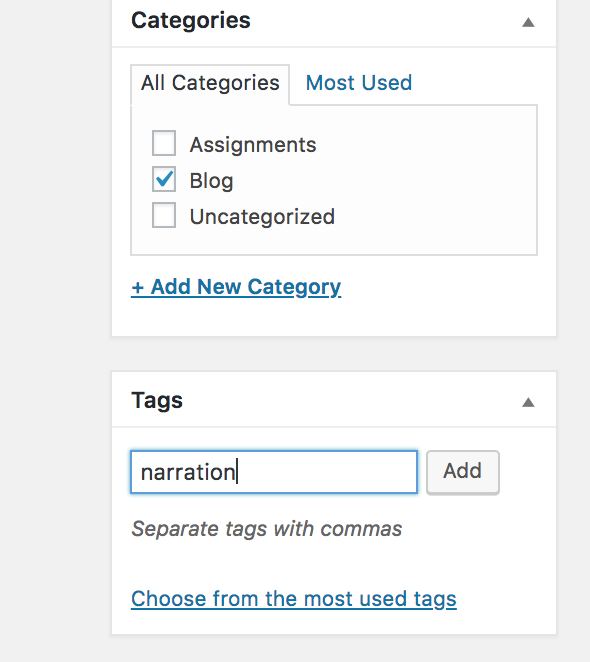In Authentic Learning in the Digital Age: Engaging Students Through Inquiry, Larissa Pahomov writes, “For student reflection to be meaningful, it must be metacognitive, applicable, and shared with others,” and defines metacognitive reflection as taking the process of reflection “to the next level because it is concerned not with assessment, but with self-improvement: Could this be better? How? What steps should you take?” (read full article here). In light of this assertion, I would like you to write a metacognitive reflection letter on the final project. This reflection should be addressed to me in letter format, with full paragraphs, and aim to identify how you could improve your work. Here are some guiding questions:
- Describe your contributions to the final project in detail. What writing/research/design/management responsibilities did you take on in order to complete this project? What did your group members contribute? Did you feel the other group members valued your contributions? Did the reactions of your group members (revisions, suggestions, critiques) help you develop your materials in a constructive way?
- What did you learn through the process of creating and presenting the final project? How did this project help you synthesize and apply the topics we covered throughout the semester? Do you have suggestions to improve this assignment?
- How do you feel you contributed to the class discussions? Did you feel that your contribution to the class discussion was sufficient? How might you change your involvement in class discussions in the future?
- Do you feel the service learning component enhanced your experience in this class? How did working for a real client change the way you approached your assignments? Describe your engagement in service learning throughout the semester.
- And finally, what readings, activities, assignments, and discussions did you find particularly helpful, informative, and engaging in this class this semester? What would you suggest be changed to improve this course next time it is offered?
You may expand or add to these guidelines in any way you wish. This is your opportunity to speak directly to me about what you learned in this course.
This will be submitted as a Google Doc or Word Doc (file name: finalreflection_yoursection_yourlastname for example finalreflection_256ON1_licastro) that you share with me upon completion at alicastro@stevenson.edu or amanda.licastro@gmail.com. For Google Docs, you must invite me as an editor (with privileges to edit, not just read or comment) to amanda.licastro@gmail.com. You will complete this after our final presentations on the day of our scheduled final exam.
Also, please include this statement at the bottom of the document and fill in your name and response:
I ____________ (do/ do not) give Dr. Amanda Licastro permission to use my final project as an example in scholarly presentations and publications.




